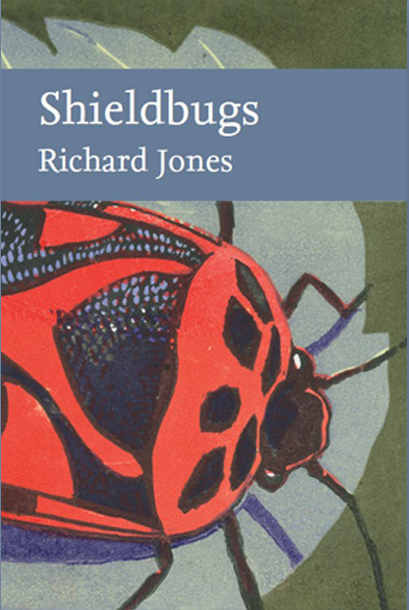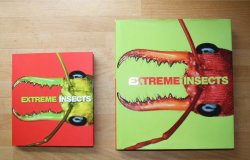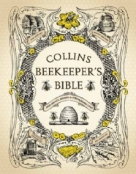My father made eye contact and said something along the lines: “Can you hear that?” To start I wasn’t sure whether he meant Radio 4 droning away in the corner of the room, my brother careening down the stairs, or the kettle whistling on the gas in the kitchen. No, he was referring to an almost inaudible tick, tick, tick, coming from the window. He had the knowing look of someone who is about to show off something new.
As a 10-year-old, it was not unusual for me to be sitting in the lounge, as we called my father’s book-lined sitting room. Whilst he sat in the centre of the room behind the large polished wooden desk strewn with pens, papers and books, perhaps a microscope and a drawer of insects, I’d be perched at the smaller bureau-style table against the wall. Maybe I’d be doing homework. Actually, I’m not sure 10-year-olds had homework then. More likely I’d be writing up my own nature diary from whatever family trek we’d been out on that day. I might even have been pinning my own insect specimens, or doodling a sketch of a plant, or a map.
The tapping was definitely coming from outside the window. We drew back the curtains, but the brightly lit aura of the room barely penetrated the dark outside. There was nothing I could see. My Dad knew better. Slipping on shoes we tripped round to the front of the house to see what was going on.
The noise had stopped when we got to the window, but Dad pointed to the windowsill, probably just at or above the level of my eyeline. There, crawling across the yellow paintwork was a beetle.
Medium-sized (12 mm), elongate, parallel-sided, subcylindrical, dark brown nearly black, it had shortish stout legs and strongly clubbed antennae. Aphodius rufipes was my first dung beetle. It had flown in from the flood-plain grazing meadows that flanked the River Ouse hereabouts. Many hundreds of metres probably. Quite an achievement for a half-inch insect.

Some handsome dung beetles. Aphodius rufipes is top right.
I strain now, but I can’t quite remember whether I thought this an odd thing for a beetle. Maybe the notion of dung recycling had already crossed my radar. I certainly understood about stag beetle larvae living in rotten wood. I probably knew about drone flies breeding in flooded tree holes. It’s all decaying organic matter.
It wouldn’t be long before Dad would also show me the huge dumbledors, Geotrupes spinipes, or maybe it was stercorarius, heaving its juggernaut way through the fingers of my clasped hand, then flying off, like a miniature helicopter. The power of the toothed legs amazed me, and the feeling of that downdraft as it buzzed away stays with me still.
Dissecting a cow pat came naturally to me. Other dung beetles followed. The great glossy Aphodius fossor, slightly shorter, but thicker and heavier than rufipes, was a favourite, so too was the small mottled and rather rare Aphodius paykulli. The chunky earthmover shape of Onthophagus coenobita appeared when I graduated to dog dung, and the mythically horned Minotaur beetle, Typhoeus typhaeus was eventually dug up from under rabbit crottels in Ashdown Forest.
I still find Aphodius rufipes occasionally. In cow or horse droppings. Never at my lighted window though. But whenever I hold its smooth elegant shape in my fingers, I still think back to the warm summer Newhaven evenings, and the delicate head banging on the lounge glass.

























Childhood encounters with Nature are so important in forming our career choices! I also learn a new word : crottels!